Best Companion Plants For Salvias
Title: Best Companion Plants for Salvias
Introduction:
Salvias are a diverse and beautiful genus of plants, with over 900 species. They are known for their colorful flowers, which can be blue, purple, red, pink, or white. Salvias are also known for their long blooming period, which can last from spring to fall.
If you're growing salvias in your garden, you'll want to choose the right companion plants. The right companion plants can help to improve the health and appearance of your salvias, and they can also attract pollinators to your garden.
In this blog post, I'll discuss some of the best companion plants for salvias. I'll also provide some tips for grouping salvias with other plants.
Main Content:
Companion Plants for Salvias
There are many different plants that can be good companions for salvias. Some of the best include:
- Ornamental grasses: Ornamental grasses add height and texture to a garden, and they can also help to deter pests. Some good options include blue oatgrass (Helictotrichon sempervirens), feather reed grass (Calamagrostis acutiflora), and maiden grass (Miscanthus sinensis).
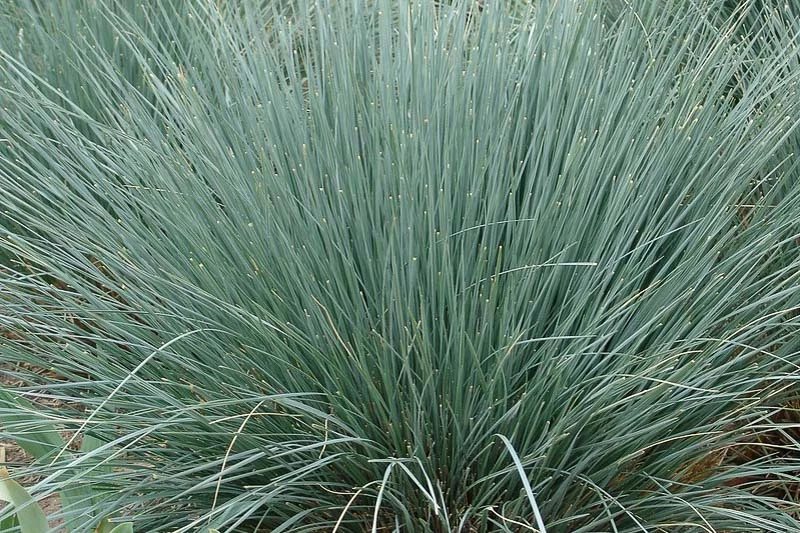
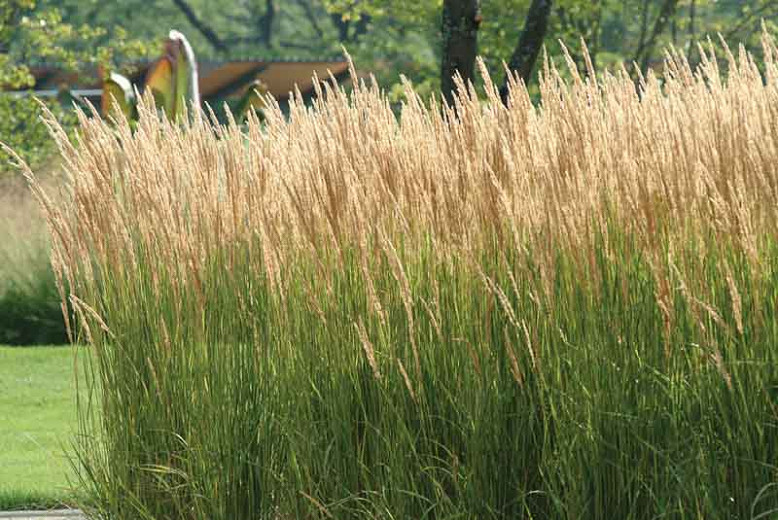
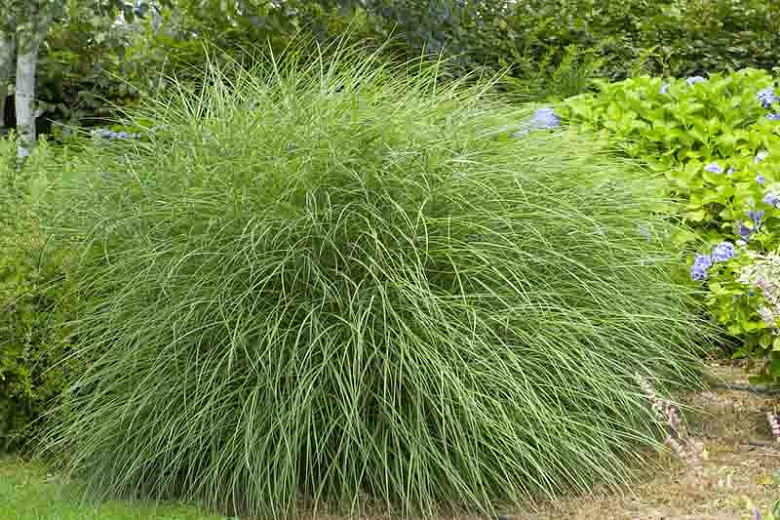
- Lavender: Lavender is a classic companion plant for salvias. It has a similar growing requirement and blooms at the same time as salvias. Lavender also helps to deter pests and attract pollinators.
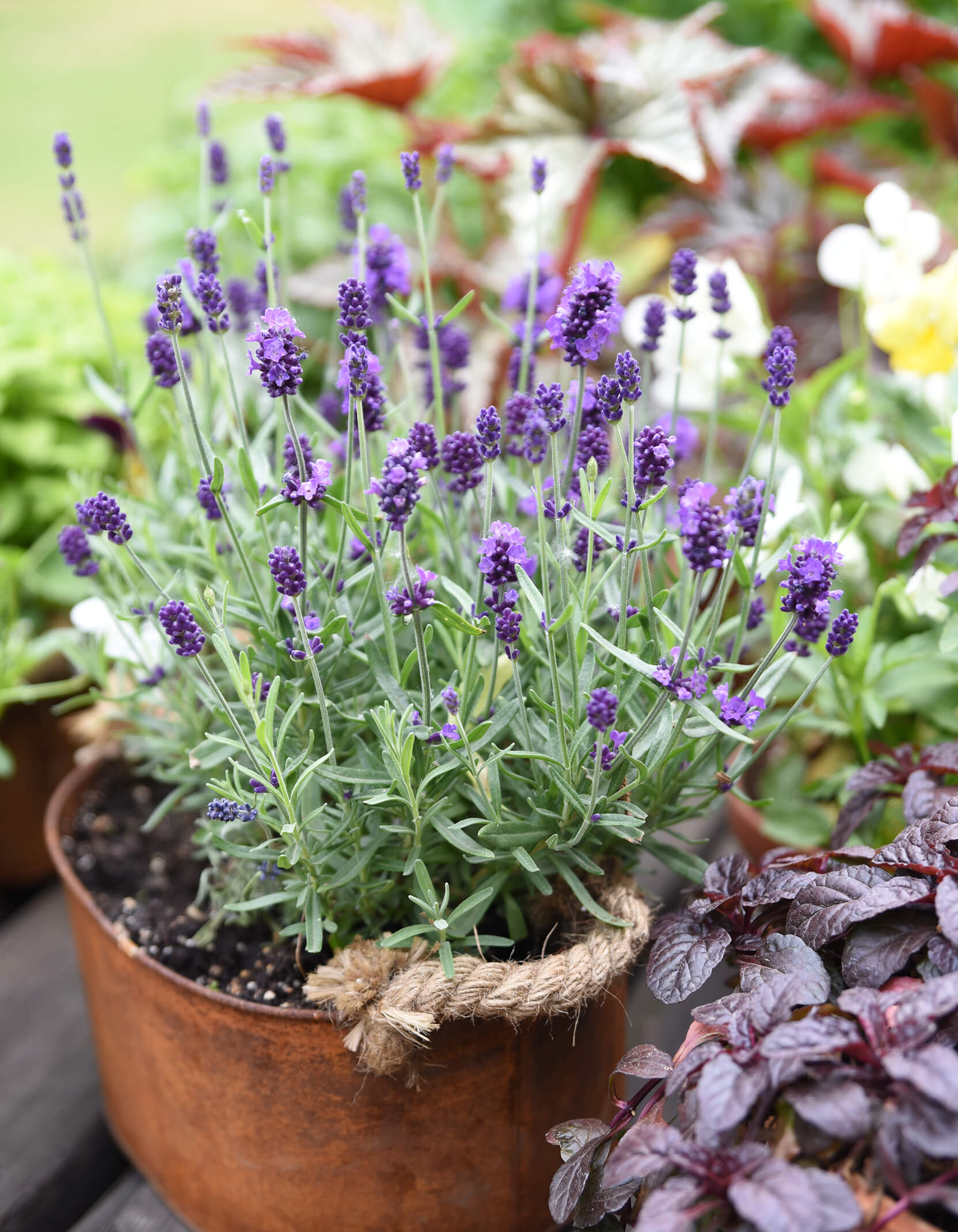
- Yarrow: Yarrow is another good companion plant for salvias. It has daisy-like flowers that bloom in shades of white, yellow, or pink. Yarrow is also a good choice for attracting pollinators.

- Catmint: Catmint is a low-growing plant with blue or purple flowers. It is a good choice for filling in the spaces between salvias. Catmint also helps to deter pests.

- Black-eyed Susans: Black-eyed Susans are tall, daisy-like flowers that bloom in shades of yellow, orange, or red. They are a good choice for adding height to a garden. Black-eyed Susans also attract pollinators.
- Sunflowers: Sunflowers are tall, bright flowers that are sure to attract attention. They are a good choice for filling in the back of a border or planting along a fence. Sunflowers also attract pollinators.
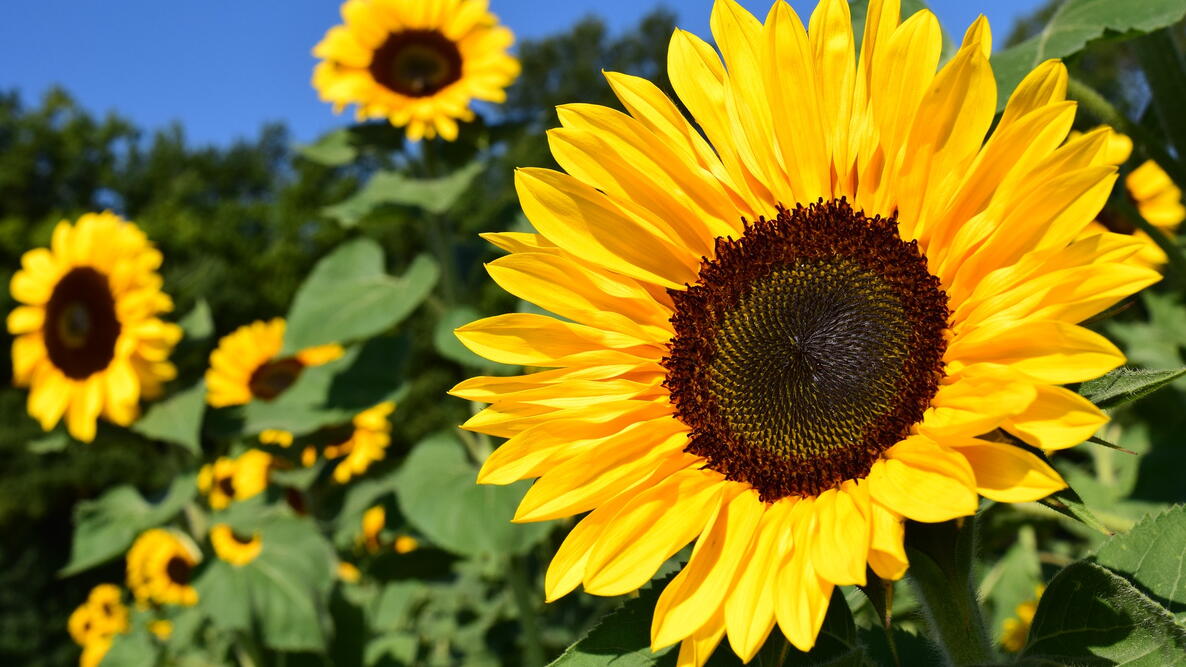
Tips for Grouping Salvias with Other Plants
When grouping salvias with other plants, there are a few things to keep in mind:
- Consider the height and spread of the plants. You'll want to make sure that the plants don't get too crowded.
- Think about the color of the flowers. You can create a more visually appealing garden by grouping plants with complementary or contrasting colors.
- Consider the bloom time of the plants. You'll want to choose plants that bloom at the same time so that your garden is always in bloom.
Conclusion:
Salvias are beautiful and versatile plants that can add a lot of color and interest to your garden. By choosing the right companion plants, you can help to improve the health and appearance of your salvias, and you can also attract pollinators to your garden.
I hope this blog post has given you some ideas for companion plants for salvias. If you have any other questions, please feel free to leave a comment below.
Salvias are beautiful and versatile plants that can add a touch of color and interest to any garden. But did you know that there are certain companion plants that can help to enhance their beauty and performance?
Here are a few of the best companion plants for salvias:
- Lavender: Lavender is a classic companion plant for salvias, and for good reason. The two plants complement each other's colors and textures, and they both attract pollinators.
- Ornamental grasses: Ornamental grasses add height and movement to a garden, and they can help to offset the upright growth of salvias.
- Sunflowers: Sunflowers are a great choice for companion plants for salvias because they bloom at the same time. The two plants can create a stunning visual display in the garden.
- Cosmos: Cosmos are another great choice for companion plants for salvias. They are easy to grow and care for, and they come in a variety of colors that can complement the colors of your salvias.
For more information about companion plants for salvias, visit Garden Wiki.
FAQ of companion plants for salvias
What are some good companion plants for salvias?
Salvias are a diverse group of plants, so there are many different companion plants that can work well with them. Some popular options include:
- Zinnias: Zinnias add a touch of brightness and color to any garden, and they also attract butterflies and other pollinators.
- Cosmos: Cosmos are another great choice for attracting pollinators, and they also come in a variety of colors.
- Lavender: Lavender is a classic companion plant for salvias, and it helps to deter pests.
- Asters: Asters are a late-season bloomer, so they can help to extend the flowering season of your salvias.
- Bee balm: Bee balm is a relative of salvia, and it attracts a wide variety of pollinators.
How do I group salvias?
When grouping salvias, it's important to consider the size and color of the plants. You'll want to create a balanced and visually appealing arrangement. Some tips for grouping salvias include:
- Plant taller salvias in the back of the border, and shorter salvias in the front.
- Choose salvias with different colors to create a more dynamic display.
- Group salvias together by type, such as all annuals or all perennials.
- Add some filler plants, such as zinnias or cosmos, to fill in the gaps.
What do I do with salvias when they finish flowering?
If you have annual salvias, you'll need to deadhead them (remove the spent flowers) to encourage new blooms. Perennial salvias can be pruned back in the fall to prepare them for winter.
Image of companion plants for salvias
- Nepeta cataria (Catmint): This plant is a member of the same family as salvias, and it has a similar growth habit. It attracts pollinators and deters pests.
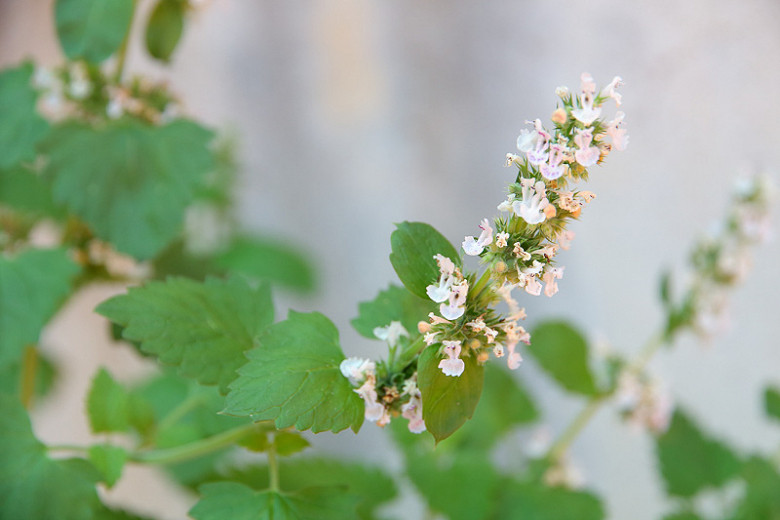
- Lavandula angustifolia (English lavender): This plant is a classic companion for salvias, and it adds a touch of elegance to any garden. It attracts pollinators and deters pests.
- Zinnia elegans (Zinnia): This annual plant comes in a wide variety of colors, and it adds a touch of cheerfulness to any garden. It attracts pollinators and deters pests.
- Agastache foeniculum (Anise hyssop): This plant has a strong, licorice-like scent that attracts pollinators. It also deters pests and can help to repel mosquitoes.

- Echinacea purpurea (Purple coneflower): This native North American plant is a favorite of pollinators. It also has medicinal properties.
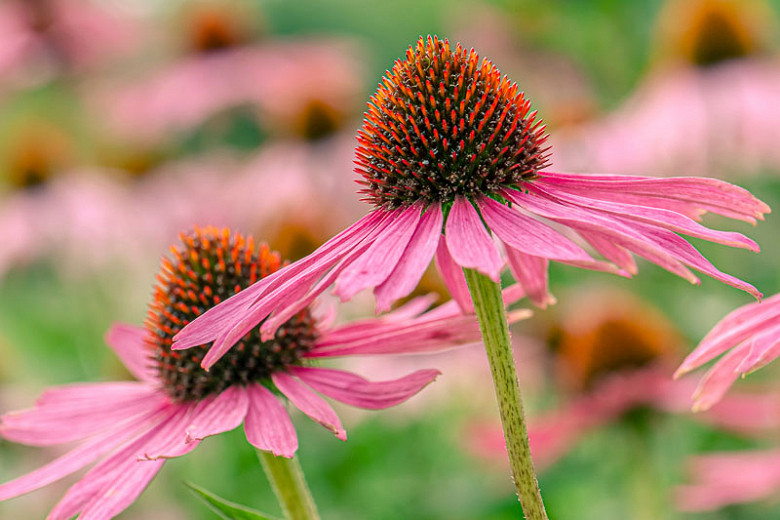
- Monarda didyma (Bee balm): This plant is another native North American plant that is a favorite of pollinators. It has a strong, minty scent.

- Coreopsis verticillata (Threadleaf coreopsis): This annual plant has delicate yellow flowers that attract pollinators. It is also drought-tolerant.

- Caryopteris x clandonensis (Bluebeard): This shrub has blue flowers that bloom in the summer. It is drought-tolerant and attracts pollinators.
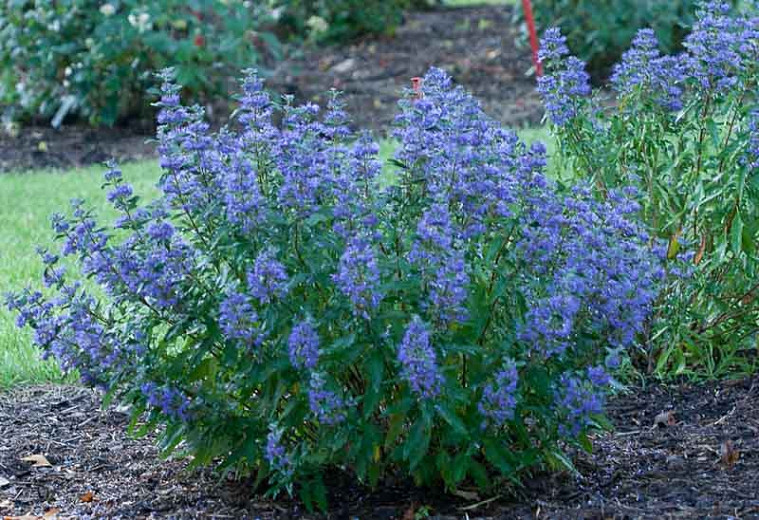
- Achillea millefolium (Yarrow): This perennial plant has white, yellow, or pink flowers that bloom in the summer. It is drought-tolerant and attracts pollinators.

Post a Comment for " Best Companion Plants For Salvias"